The Hedgehog comprises a group of small, spiny animals. Researchers recognize 17 different species of these animals across the world. Even though they look like small porcupines, the two creatures are not closely related. People keep several different species of Hedgehogs as pets. Read on to learn about the Hedgehog.
Description of the Hedgehog
At first glance, these creatures look a little like miniature porcupines. However, most of them have a rather elongated and narrow snout. They have round bodies and short legs. From the edge of their faces on, their bodies have short spines across the surface of their skin. Only their faces, legs, and underbellies lack spines.
These creatures measure between 8 and 10 inches long. Depending on the species, Hedgehogs generally weigh between 1 and 2.5 pounds.
Interesting Facts About the Hedgehog
Despite their prickly exterior, people enjoy keeping these creatures as pets. Learn what makes Hedgehogs unique below.
- Spine Composition – Surprisingly, Hedgehog spines are just specially modified hairs! The hairs are hollow, and a stiff layer of keratin covers them.
- Not a Small Porcupine – Like we mentioned above, these creatures aren’t just miniature porcupines. Not only are they not closely related, but they also have different spines. Porcupine spines become embedded in the skin of the a predator and fall off the porcupine. On the other hand, Hedgehog spines do not fall out easily.
- Baby Spines – The one time this creature’s spines do fall out is during adolescence. Young Hedgehogs shed their “baby” spines and grow permanent adult spines. This process, known as “quilling,” happens to all young Hedgehog
- Pet Hedgehogs – People keep a few different species of Hedgehogs as pets. The most common pet species is the African pygmy. In fact, humans have bred this species for so long that researchers consider them domesticated.
Habitat of the Hedgehog
Different Hedgehog species live in different types of habitats. Some species live in arid regions, like deserts. Other species inhabit temperate region and live in forests or meadows. Some of the other habitats that these creatures occupy include desert edges, savanna, grassland, woodland, and more.
In some regions, they also live in more urban areas. They occupy farms, parks, and even suburbs and backyard gardens. The European Hedgehog is particularly fond of urban areas.
Distribution of the Hedgehog
The various Hedgehog species have different ranges and distributions. Each has its own unique range, though some do overlap with the populations of other species. Some species live across incredibly wide areas, while others inhabit just a small region. Four species live in Africa, and the rest live across Eurasia.
Diet of the Hedgehog
Most Hedgehogs are omnivores, which means that they eat both plants and animals. Their diets vary based on the season and the area that they live. For example, in the spring berries and fruits are much more common, but they are quite scarce in the winter.
Some of the different prey items that they hunt include insects, insect larvae, spiders, scorpions, amphibians, eggs, snails, small snakes, lizards, and carrion. They also feed on fruits, seeds, nuts, berries, roots, mushrooms, and more.
Hedgehog and Human Interaction
Human interaction and impact vary from species to species. Some Hedgehogs live across wide ranges, and even live in close proximity to humans, with little consequence. However, some species suffer from human activity. Car strikes are one of the most common causes of death for these creatures.
The IUCN lists all of the different species as Least Concern.
Domestication
Humans have domesticated the African pygmy Hedgehog.
Does the Hedgehog Make a Good Pet
Domestic Hedgehogs do make good pets, but they are not legal to own in all countries or regions.
Hedgehog Care
Because these little creatures are nocturnal, their enclosures should have plenty of secluded locations for napping. They need plenty of space to roam and explore, and lots of time outside their enclosure to exercise. It is important to make sure the area that they play in Hedgehog-proofed to prevent injuries.
You can feed these little mammals a commercially-produced diet. They also enjoy a variety of fruits and veggies, as well as mealworms and crickets. In addition to their standard diet, you should also provide wet cat food and pick a brand high in protein.
Behavior of the Hedgehog
Most species are nocturnal, or active at night, though some species do forage during the day. They usually spend their day napping in bushes or underground. At nightfall they emerge to forage for food using their strong sense of smell.
The majority of Hedgehogs are solitary, and do not interact with others outside of breeding season. In regions with cold temperatures, these little mammals retreat to a burrow or other hidden area to hibernate. During hibernation their body temperature and metabolism both decrease.
Reproduction of the Hedgehog
These mammals usually breed once or twice per year. Some breed seasonally, while others reproduce at various times of year. The litter size varies based on the species, some have one or two offspring while others give birth to six or more.
The gestation period in most species lasts about a month or month and a half. The mother weans the young when they are about three or four weeks old, and by the time they are reach six weeks of age most young Hedgehogs are fully independent.


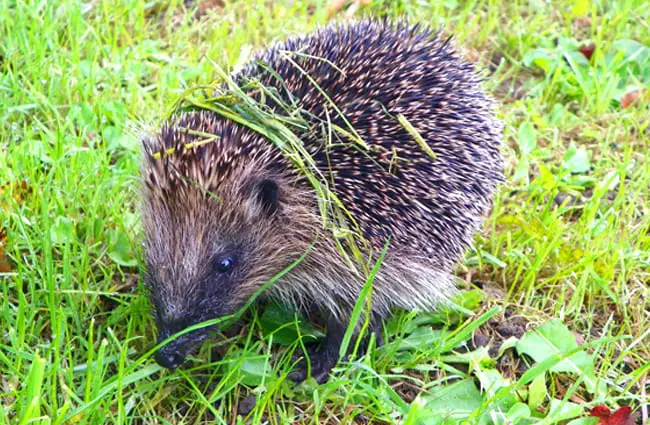
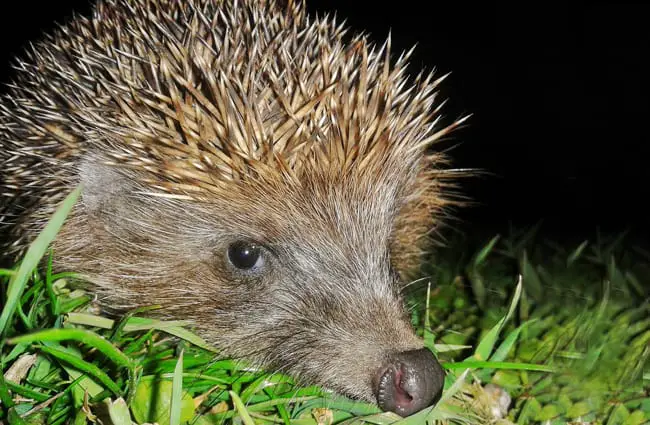

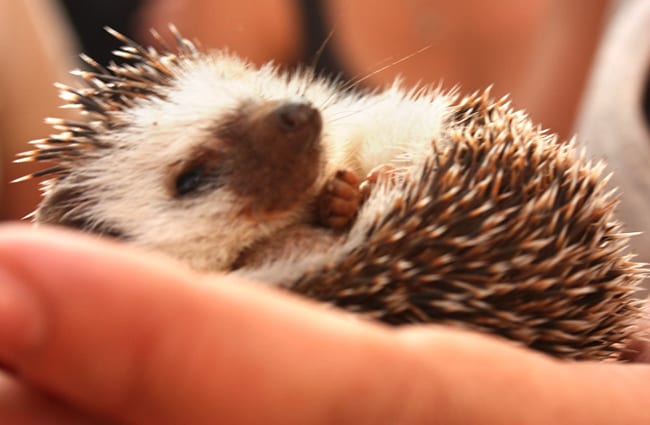

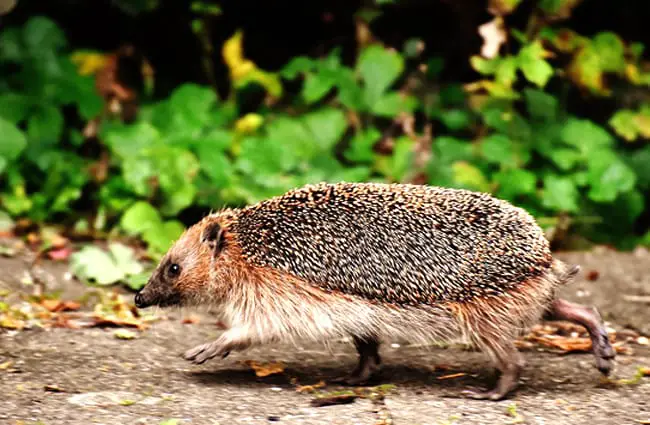
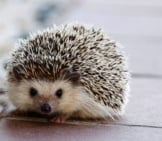
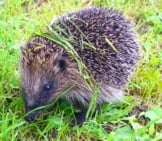


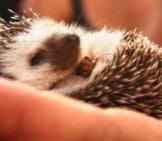
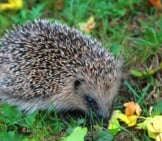

![Red Angus Closeup of a beautiful Red Angus cowPhoto by: U.S. Department of Agriculture [pubic domain]https://creativecommons.org/licenses/by/2.0/](https://animals.net/wp-content/uploads/2020/03/Red-Angus-4-238x178.jpg)












![Red Angus Closeup of a beautiful Red Angus cowPhoto by: U.S. Department of Agriculture [pubic domain]https://creativecommons.org/licenses/by/2.0/](https://animals.net/wp-content/uploads/2020/03/Red-Angus-4-100x75.jpg)

